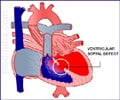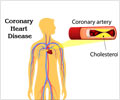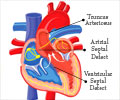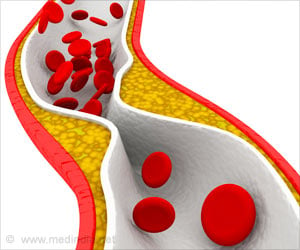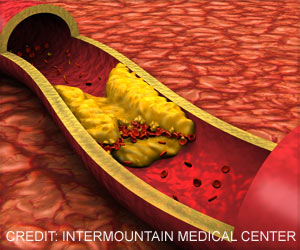A new report has highlighted a gender divide in the screening of patients for cardiovascular disease - the world's number one killer.

The study published in the journal Heart also found the odds of being treated with the appropriate preventative medicines were 37 percent lower for younger women at high risk of cardiovascular disease (CVD) than their male counterparts.
Associate Professor Julie Redfern, from The George Institute for Global Health, said the results were especially concerning because more women than men die each year from cardiovascular disease.
Associate Professor Redfern said: "Unfortunately there is still the perception that heart disease is a man’s disease. This is not the case here in Australia, the UK or the US and we fear that one of the reasons more women are dying from heart disease is because they are not being treated correctly, including not even being asked basic questions about their health."
Risk factors for CVD include raised cholesterol and blood pressure levels and smoking. Female smokers have a 25 per cent greater risk of CVD than male smokers.
The study of more than 53,000 patients across 60 sites in Australia found the odds of women being appropriately screened was 12% lower than men.
Advertisement
Karice Hyun, who undertook the research for her PhD at the University of Sydney, said: "It is simply unacceptable that more than half of young women in this study did not receive appropriate heart health medications."
Advertisement
Whilst the report highlighted gender disparity, it also revealed that just 43.3 per cent of all patients had all their necessary risk factors recorded, whilst only 47.5 per cent of patients at high risk of CVD were prescribed preventative medicines.
Associate Professor Redfern added: "These findings really show that we need to do a better job of preventing and tackling CVD for all Australians if we have any hope to reducing the death toll."
Every year more than 45,000 people die from CVD in Australia.
Source-Eurekalert


